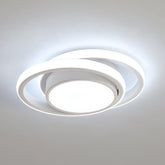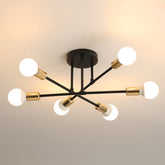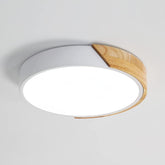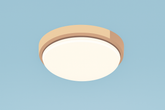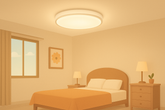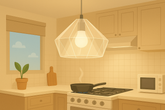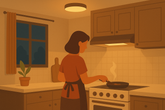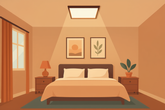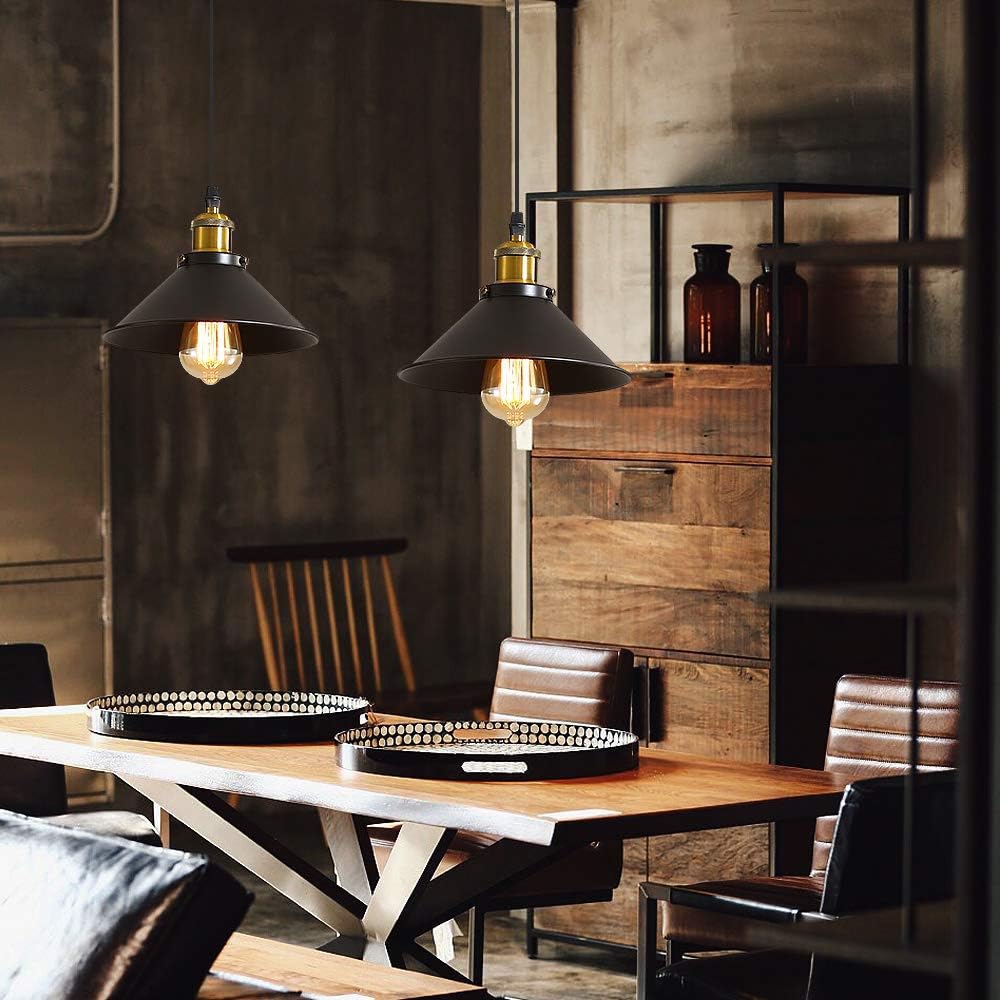Cold Light vs Warm Light: Complete Guide to Choosing the Right Lighting
In the world of lighting, cold light and warm light are like twin brothers with opposite personalities. Their unique “light language” defines the atmosphere of a space, influences our visual perception, and affects our state of mind. From interior design to commercial environments, from photography to plant growth, the choice between cold and warm lighting sets the tone. But what are their fundamental differences, and how should you use them effectively in different contexts?
1. The Nature of Light: Spectrum and Color Temperature
The main distinction between cold and warm light comes from their spectral distribution and color temperature, measured in Kelvin (K).
- Cold light: usually above 5000K, producing white to bluish-white tones with a high proportion of blue light. It is bright, sharp, and penetrating, similar to early morning sunlight or snowy landscapes, creating a sense of freshness and focus.
- Warm light: generally below 3500K, emitting yellow to orange tones with more red in the spectrum. It feels soft and cozy, like a fireplace glow or sunset, fostering comfort and relaxation.
2. Visual Perception: Sharpness vs Comfort
The type of light directly affects eye comfort and how details are perceived.
- Cold light: enhances details and colors, making it ideal for tasks requiring precision and focus. However, prolonged exposure may cause eye strain, dryness, or headaches due to the high blue light content.
- Warm light: is gentler on the eyes and more comfortable over long periods. While relaxing, it provides less detail and is not as suitable for tasks demanding high accuracy.
3. Best Applications: Choosing the Right Light for Each Space
Different lighting types are best suited for specific environments.
- Cold light: excellent for offices and workspaces where concentration is required. It is also widely used in retail to highlight products, as well as in hospitals and laboratories where clear visibility is critical.
- Warm light: perfect for bedrooms, living rooms, and restaurants, where it creates a cozy and welcoming atmosphere. It is also common in cafés, bars, spas, and hotels to enhance relaxation and comfort.
4. Psychological Impact: Mood and Atmosphere
Lighting not only influences vision but also our emotions.
- Cold light: promotes alertness and productivity, but may feel sterile or impersonal in relaxed settings.
- Warm light: fosters intimacy, comfort, and positive emotions, encouraging social interaction and relaxation.
5. Energy Efficiency and Lifespan
At the same wattage, cold light often provides higher brightness, which can make it more energy-efficient. However, the lifespan of a lamp depends more on product quality and usage habits than on color temperature—both cold and warm lights can be long-lasting if well made.
In summary: cold and warm light both have strengths, serving different purposes. Knowing their differences helps you choose the right lighting for each environment—lighting that not only brightens spaces but also shapes atmosphere and lifestyle.
